Optimizing Copper-Based Algaecide Applications with Biological Products
Enhance water quality with bacterial solutions alongside copper treatments.
By

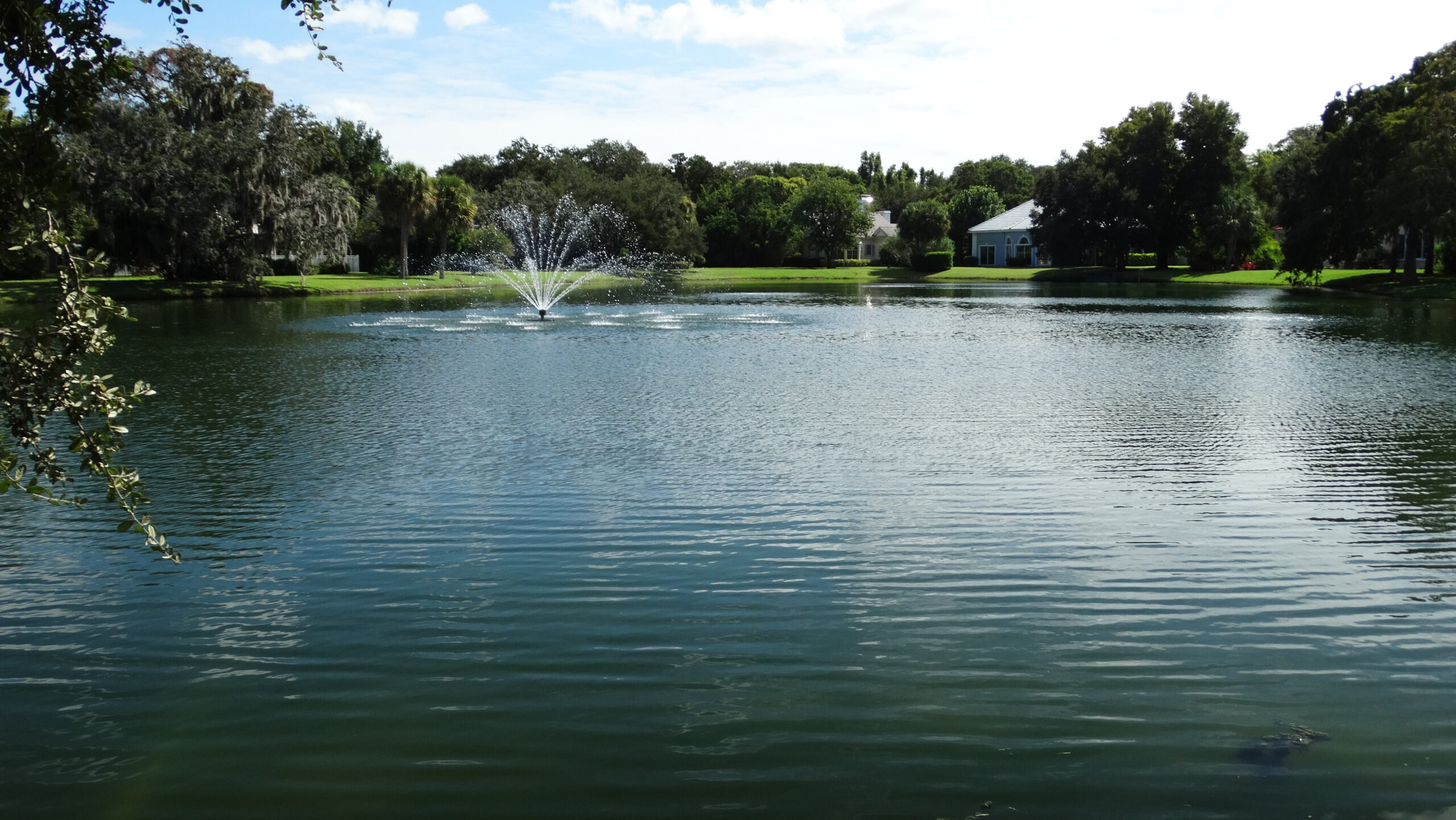
Copper-based algaecides are commonly used in aquatic management as a low-cost method to rapidly treat and remove algae, restoring lakes to a more aesthetically pleasing state. While effective at combating algae and reducing the risks associated with cyanotoxins, copper-based algaecides are associated with both short- and long-term undesirable effects (Hanson & Stefan, 1984; Paul et al., 2001).
Short-term effects of copper include:
- Depletion of dissolved oxygen due to the decomposition of dead algae.
- Accelerated recycling of phosphorus and nitrogen from the lake bed, with recovery of the algal population within 7 to 21 days.
- Occasional fish kills due to oxygen depletion.
Long-term effects of copper include:
- Bioaccumulation of copper.
- Disruption of microbial assemblages.
- Tolerance adjustments in certain algae species to higher copper dosages.
- Shift in species composition from green to blue-green algae, and from game fish to rough fish.
Certified applicators are well-educated on copper interactions, which is why reducing the amount of copper applied during an application and the frequency of treatments needed to maintain desired lake conditions is a primary management goal. A foundational step in improving water quality involves incorporating biological products (bacterial-based) with or following algaecide treatments. The importance of microbial communities and biological products has been well-documented in the literature (Gächter & Meyer, 1993; Kirchman, 1994; Cotner & Biddanda, 2002; Nimrat et al., 2012; Yadav et al., 2019; Flegel).
Ecosystem benefits provided by biological products include:
- Faster and more complete digestion of organic matter.
- Removal of soluble nutrients.
- Enhanced water quality by supplementing natural microbial communities.
- Increased water clarity through improved floc formation by free bacteria.
- Reduced ammonia stress on aquatic life.
Natural Lake Biosciences focuses on developing bio-engineered products that improve water quality while reducing chemical use. An internal survey of professional lake and pond management companies using our products indicated a decrease in chemical use rates by 30-60% per office. This is attributable to the critical role the microbial community plays in lake water quality, accounting for, on average, 60% of the total phosphorus in surface waters (Kirchman, 1994). A diverse and abundant microbial community regulates nutrient recycling and organic matter breakdown during environmental changes. When copper-based algaecides are applied, they negatively alter the microbial community, as demonstrated in Figure 1, which compares bacterial growth in pond water with and without a copper-based algaecide.
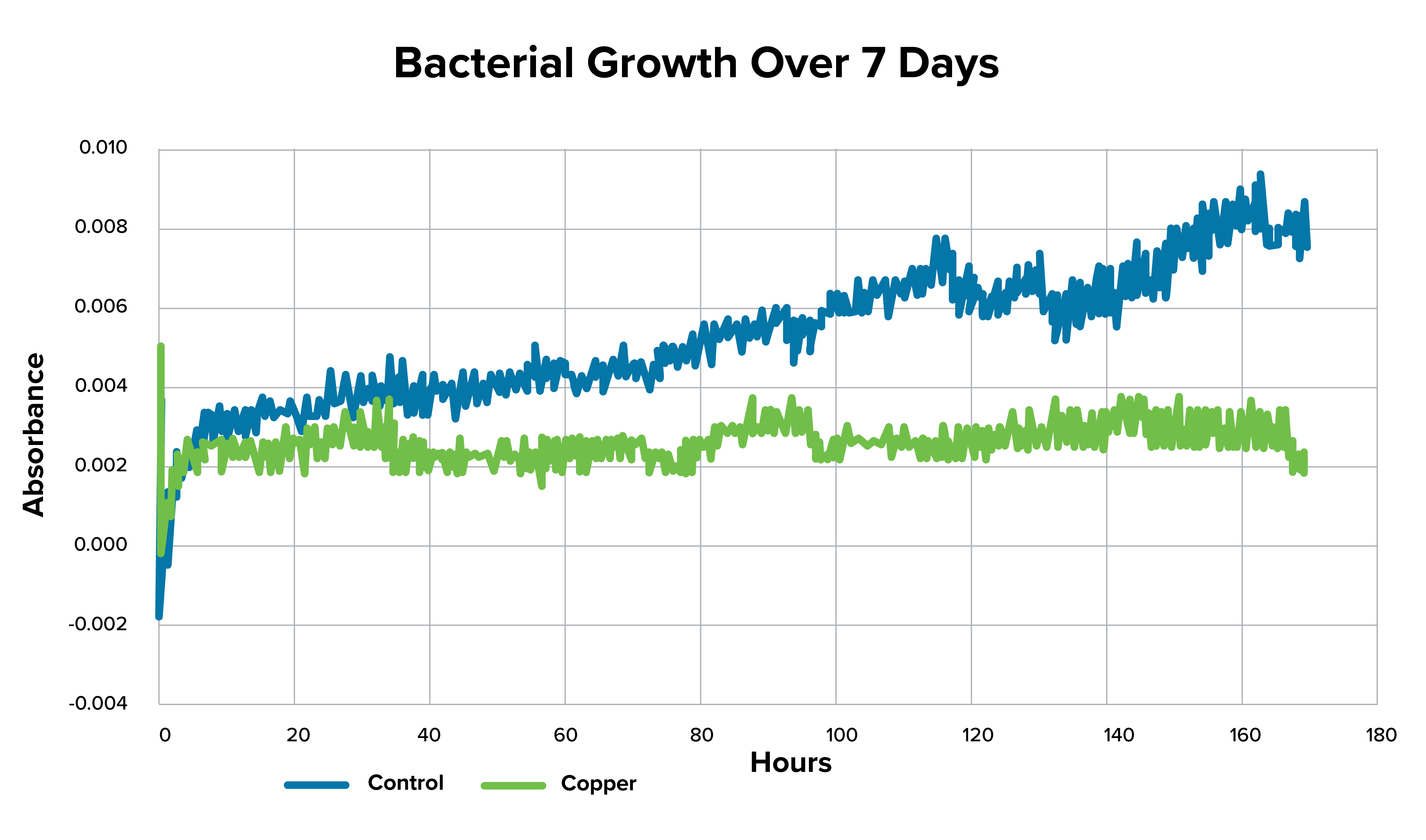
Figure 1. Bacterial growth rates in pond water with (green) and without (blue) copper algaecide over time (7 days). This chart illustrates how the application of a copper-based algaecide significantly reduces the abundance of bacteria in pond water.
Applying biological products along with a copper-based algaecide can mitigate the negative impacts on the microbial community within a water body. Additionally, the use of a biological product can enhance bacterial abundance beyond natural growth conditions, even when it is directly mixed with copper in the tank. This testing is illustrated in Figure 2. Incorporating a biological product, such as Summer Slam, with a copper-based algaecide significantly increases bacterial abundance above natural background levels in pond water over time (as shown in Figure 2). This enhancement allows for a “boost” in nutrient uptake, effectively prolonging the effects of the treatment on water quality. While benefits from copper alone typically last between 7 to 21 days, adding biological products can extend the treatment’s effectiveness by a factor of three to four times.

Figure 2. Bacterial growth rates over 7 days in pond water under varying treatments: copper-based algaecide and biological product together (copper + ss; red), biological product alone (ss; yellow), control (blue), and copper algaecide alone (red). This chart shows that combining a copper-based algaecide with a biological product (copper + ss; red)and using a biological product alone (ss; yellow) both lead to increased bacterial abundance compared to control conditions.
Integrating biological products with copper-based algaecide treatments is an effective, low-cost way to improve treatment efficacy and extend the duration of its benefits. For even greater longevity (months to years), products like MuckBiotics and MetaFloc can completely reverse lake eutrophication by directly targeting and halting internal nutrient cycling from sediments. Deposited sediments are often the primary source of poor water quality. MuckBiotics addresses organic-bound nutrients in sediments and removes and compacts them. MetaFloc acts as an all-in-one biological clarifier and permanent phosphorus binder, significantly enhancing water clarity. Management programs that incorporate biologicals during and after treatments provide the best long-term results.
References
- Cotner, J. B., & Biddanda, B. A. (2002). Small Players, Large Role: Microbial Influence on Biogeochemical Processes in Pelagic Aquatic Ecosystems. Ecosystems, 5(1), 105–121. https://doi.org/10.1007/s10021-001-0059-3
- Flegel, T. W. (1998). Advances in shrimp biotechnology: Proceedings to the Special Session on Shrimp Biotechnology, 5th Asian Fisheries Forum, Chiengmai, Thailand, November 11-14.
- Gächter, R., & Meyer, J. S. (1993). The role of microorganisms in mobilization and fixation of phosphorus in sediments. In P.C.M. Boers, Th.E. Cappenberg, & W. Van Raaphorst (Eds.), Proceedings of the Third International Workshop on Phosphorus in Sediments (pp. 103–121). Springer Netherlands.
- Hanson, M. J., & Stefan, H. G. (1984). SIDE EFFECTS OF 58 YEARS OF COPPER SULFATE TREATMENT OF THE FAIRMONT LAKES, MINNESOTA. Journal of the American Water Resources Association, 20(6), 889–900. https://doi.org/10.1111/j.1752-1688.1984.tb04797.x
- Kirchman, D. L. (1994). The uptake of inorganic nutrients by heterotrophic bacteria. Microbial Ecology, 28(3), 255–271. https://doi.org/10.1007/BF00166816
- Nimrat, S., Suksawat, S., Boonthai, T., & Vuthiphandchai, V. (2012). Potential Bacillus probiotics enhance bacterial numbers, water quality, and growth during early development of white shrimp (Litopenaeus vannamei). Veterinary Microbiology, 159(1-2), 443–450.
- Paul, E. A., Simonin, H. A., Symula, J., Neuderfer, G. N., & Bauer, R. (2001). Impacts of Long Term Copper Sulfate Use on the Sediment of Treated Lakes. New York State Department of Environmental Conservation, Division of Fish, Wildlife and Marine Resources.
- Yadav, A. N., Yadav, N., Kour, D., et al. (2019). Bacterial community composition in lakes. In Freshwater Microbiology (pp. 1–71). Elsevier.
Tip of the day:
Tank mixing biocatalysts with algaecides and herbicides will improve treatment efficacy and accelerate organic matter decomposition.
Related Products
Summer Slam
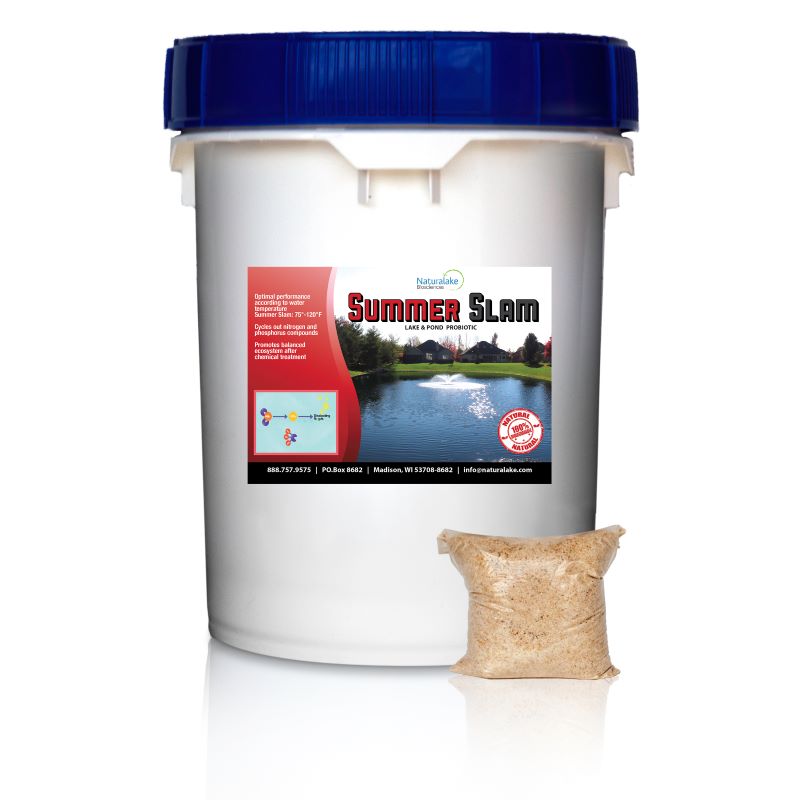
MuckBiotics
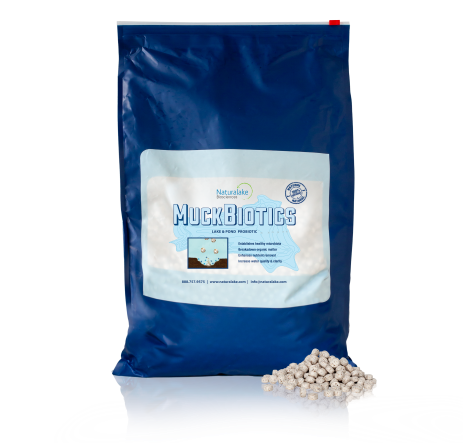
MetaFloc
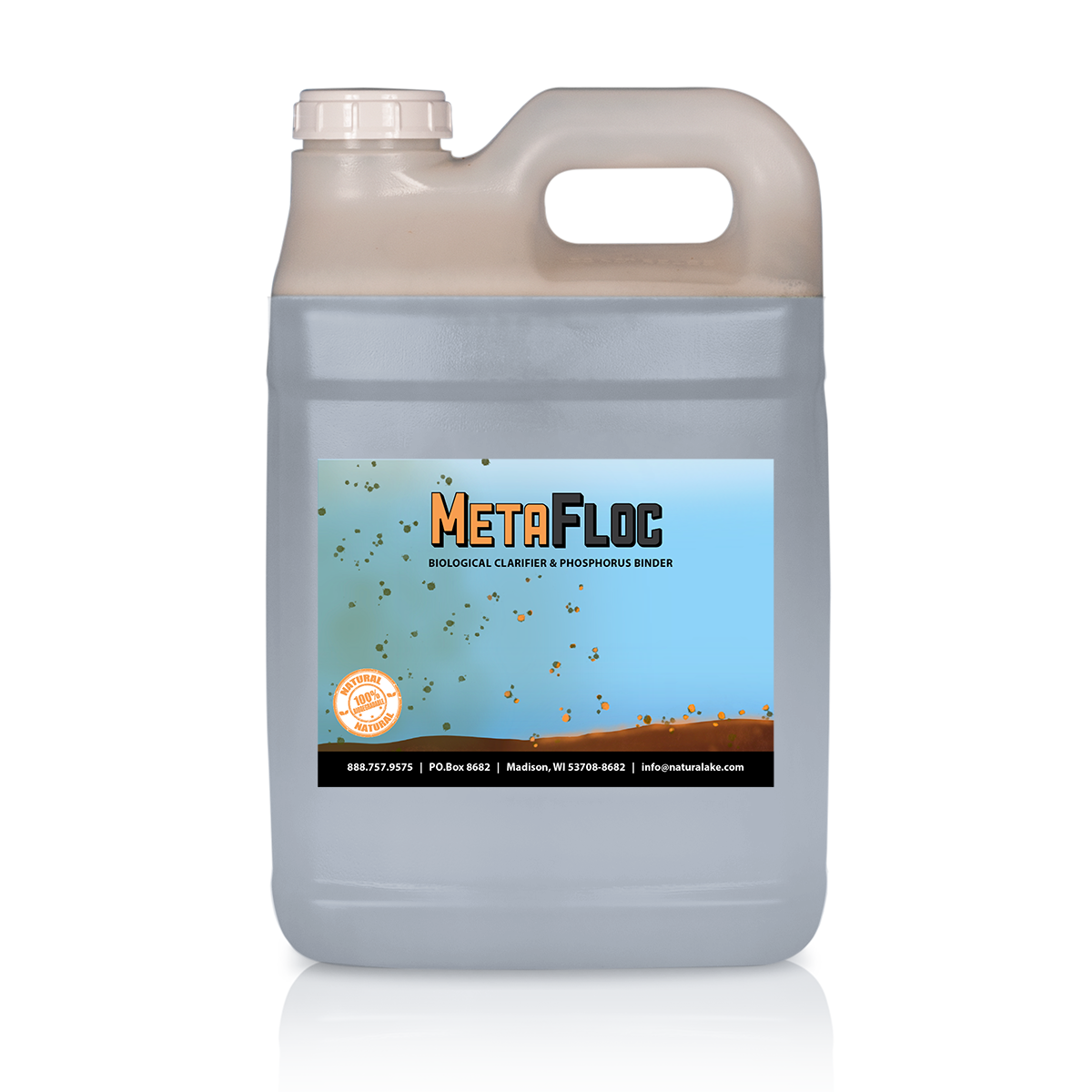

About the Author
Patrick Goodwin, M.S., CLM, serves as a Water Resource Specialist at Natural Lake Biosciences, bringing over a decade of expertise in water resource management. He specializes in collecting data to assess nutrient loading and its impacts on algal blooms and water clarity. With a proven track record of restoring numerous water bodies, Patrick is recognized as an authority in implementing oxygenation and circulation techniques.
Stay Up to Date With The Latest News & Updates
Subscribe Below for Natural Lake Biosciences Updates and Event Invitations!

0 Comments